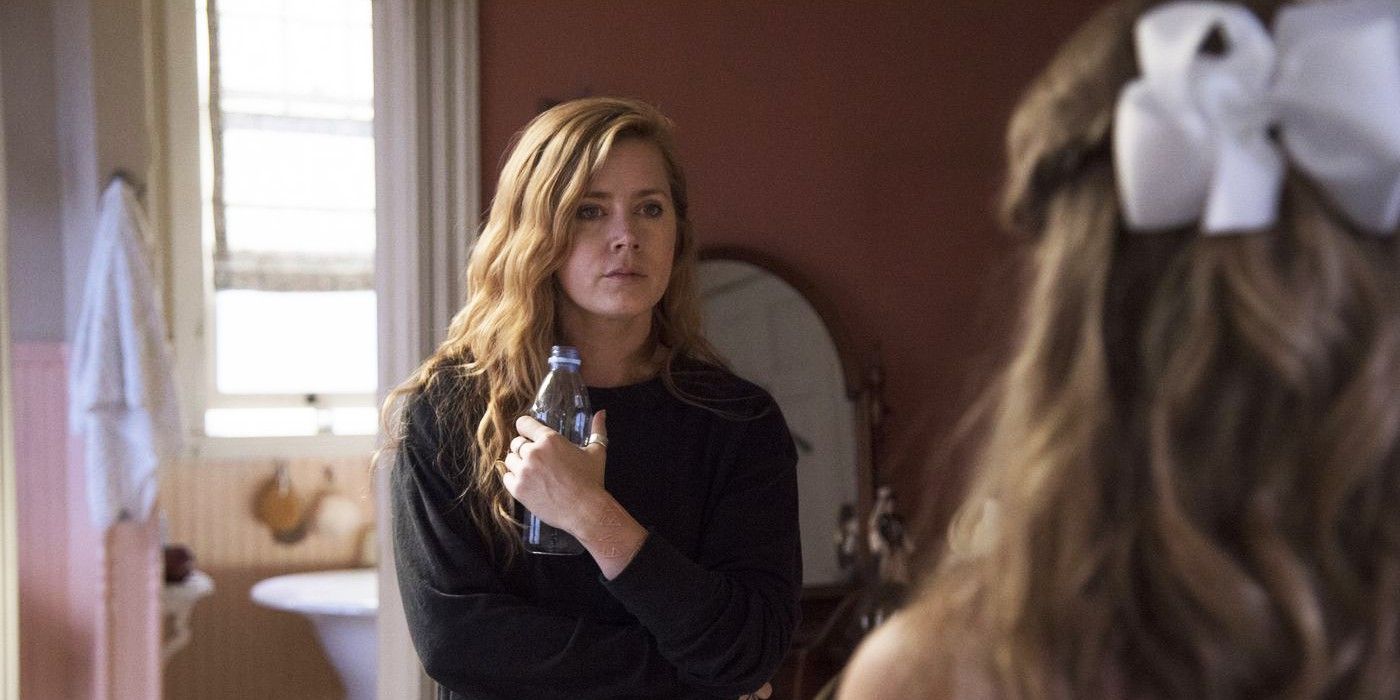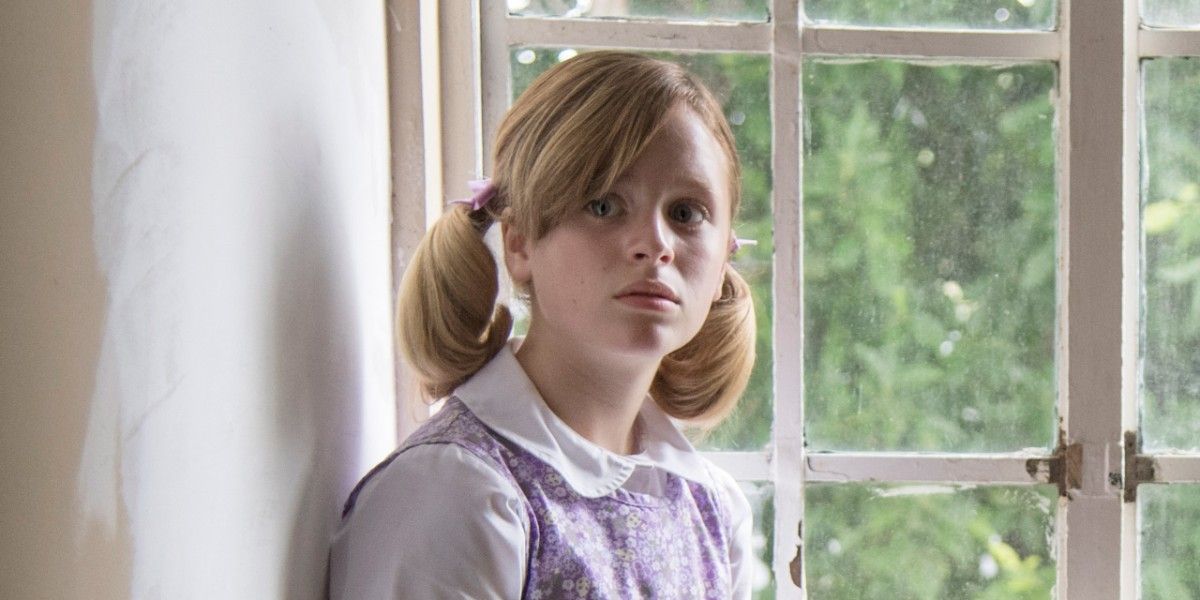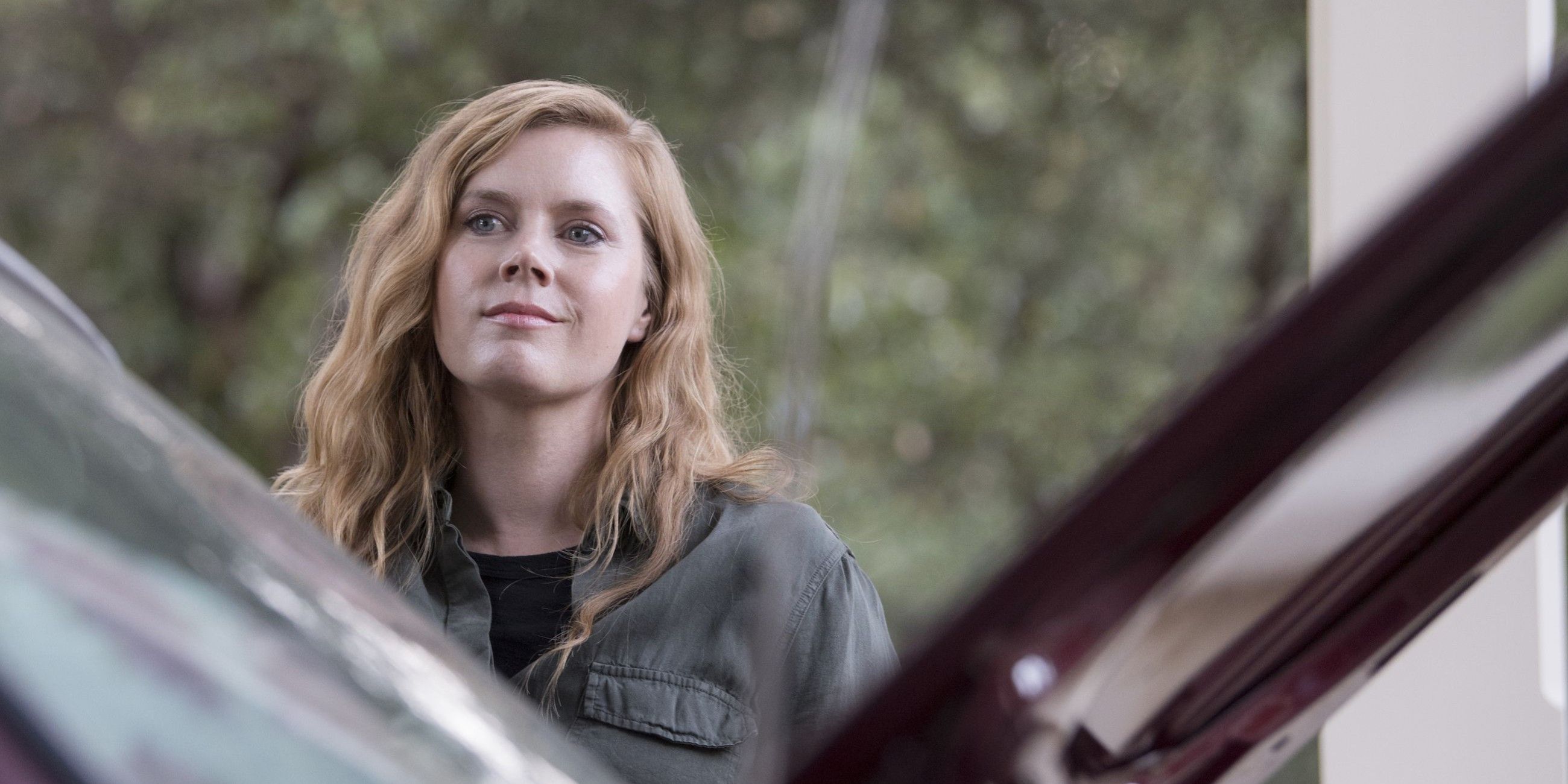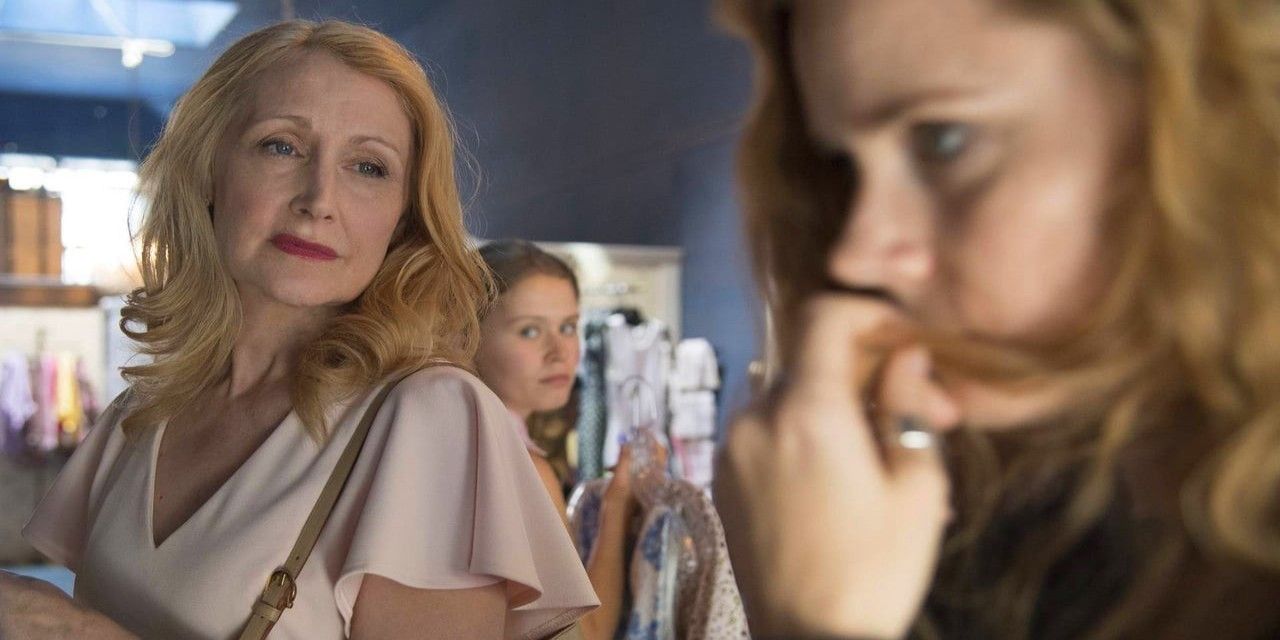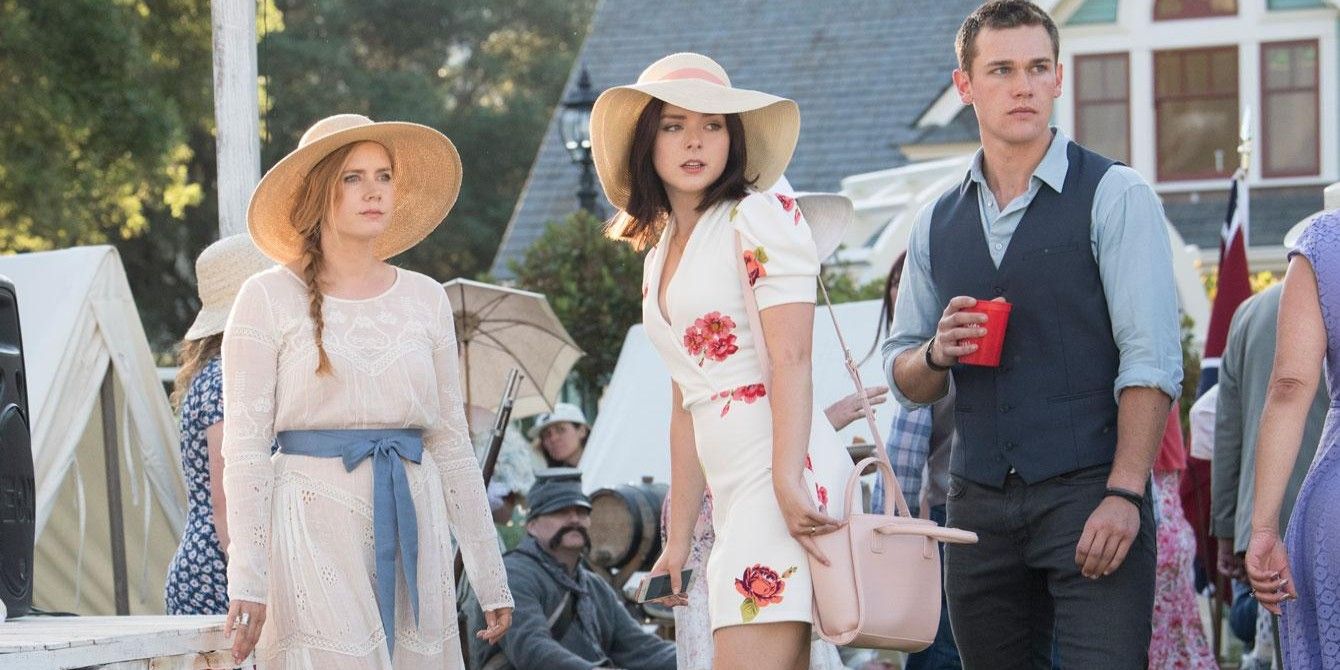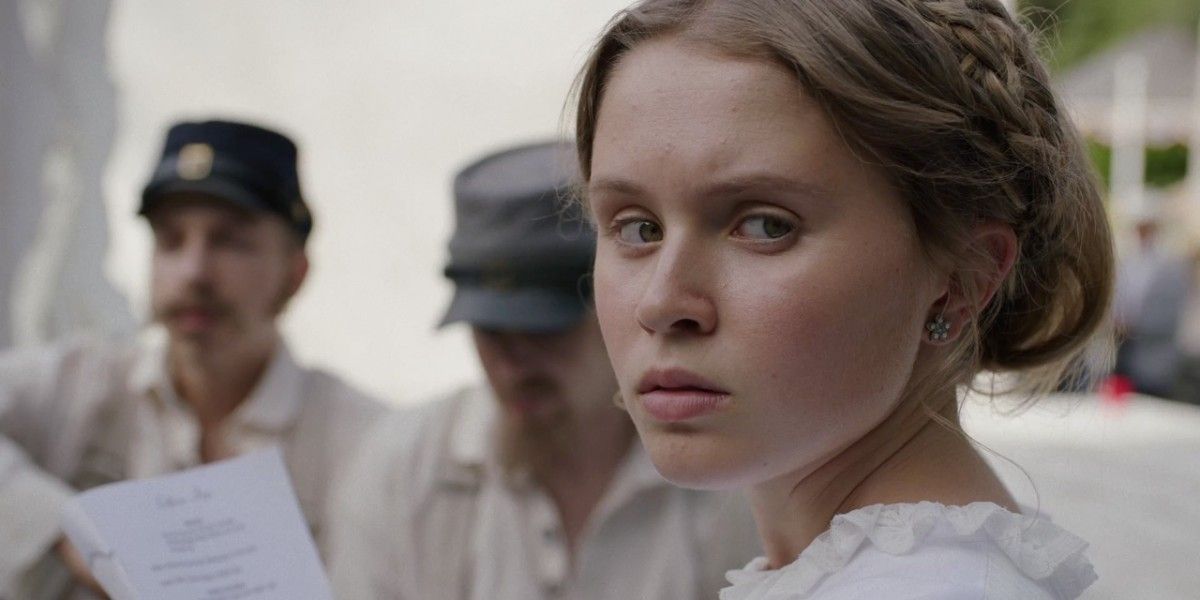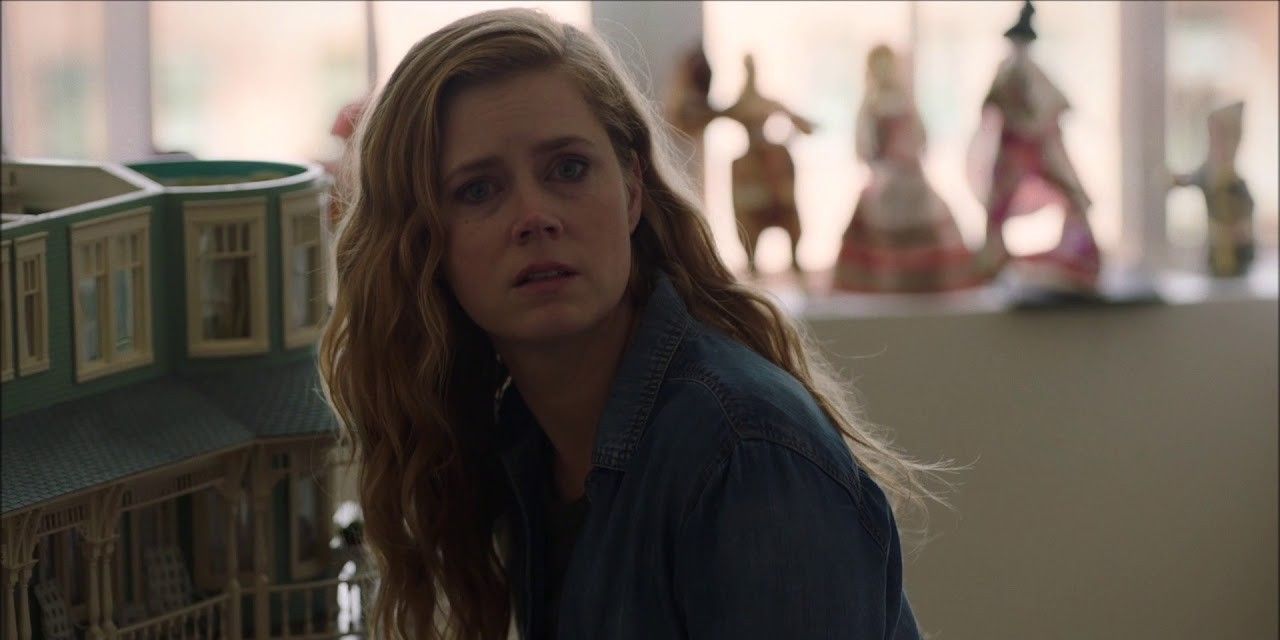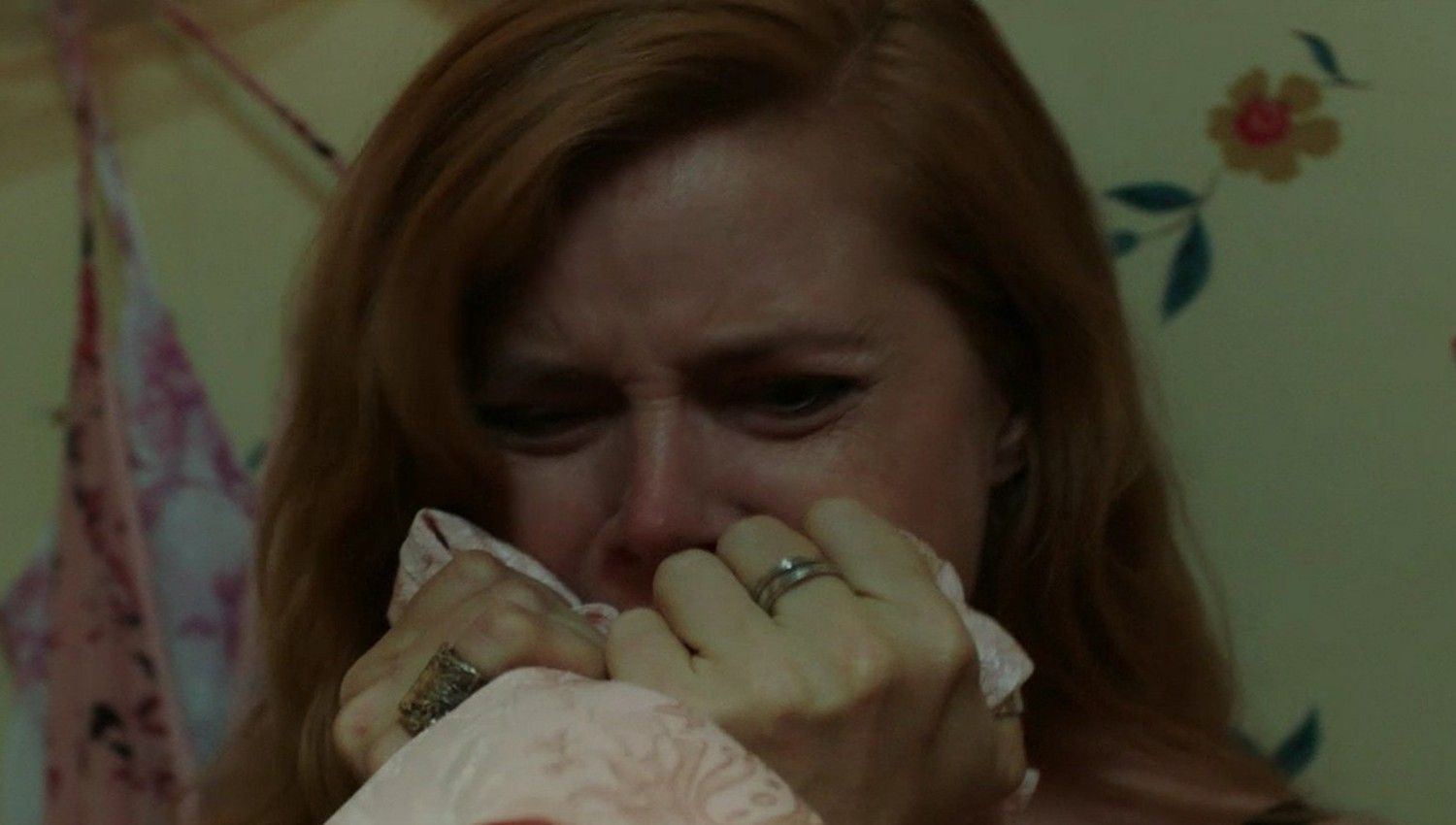Sharp Objects is a Gothic tale. It features, Camille, our main character, being sent to investigate and report on the unusual death of one young girl and disappearance of another that occurred in her hometown. For many reasons, Camille has avoided going home. Although her family is the local elite, life at home is anything but pleasant. Her mother disapproves of her. Her father figure is absent even while he is present. She doesn't really know her younger half-sister, Amma. Meanwhile, memories of her favorite sibling, Marian, are around every surface and dream. Altogether, the story tackles three mysteries: 1.) Who is the killer of the two young girls; 2.) What really happened to cause the death of her favorite sister; 3.) Can Camille escape her family's dysfunction?
If you are like us, immediately after viewing the HBO Series Sharp Objects, we had to read the book. In looking at both, some details were either changed or omitted, and for others, the series stayed the same as the book.
Changed: The Age Of The Murdered Two Girls
In the HBO Series, Camille initially investigates the disappearance of one girl, Natalie, which turns out to be a murder. She tries to connect it to the murder of another girl, Ann, from the previous year. While this is the same in the book and the film series, the age of the two girls is different.
In the HBO Series, Natalie is 14, and Ann was 13. In the book, the girls were much younger: Natalie was 10, and Ann was 9. It could be that the series decided to change the ages in order to make the girls closer to adolescence and the age that Camille remembers well when she was in her hometown. It could be that the murders seemed even worse aimed at children. Either way, the ages are notably different.
Not Changed: Camille's Relationship With Her Mother
In both the book and the series, Adora and Camille have a bad relationship. Part of this is due to Camille always being independent (and smart/wary). Adora wants to have Camille depend on her, and Camille has never really allowed that (thankfully so).
Their relationship is contemptuous, and at the same time, Camille still yearns for her mother's love. This is why the moment in the series when Adora tells Camille that she has never loved her is especially painful.
Changed: Camille's Relationship With Amma, Her Half-Sister
In the film series, their relationship is presented as growing in closeness. Amma seems to look up to her older sister, remembering Camille's reputation as a cool, popular person. In turn, Camille admires Amma's confidence and is very taken in by her sister, even though she will never be as close to Amma as she was to Marian (her favorite sister, long-time deceased).
While there are moments in the book where Amma and Camille seem to bond, there is more of a feeling that Amma is extreme and a little off. When Amma and Camille get hurt and Amma's chest bleeds, Amma takes a swab of her blood to wipe across Camille's lips. Later, when Camille gets custody of Amma, she talks about how exhausting Amma is, how needy, and how uncertain Camille is about being a guardian. There are elements of this in the film, but the extremes aren't caught.
Not Changed: Marian's Mysterious Death
The grand mystery of Marian's death is present in both the film series and the book. In addition, Camille's closeness to Marian and grief in her loss are in both. While we don't want to disclose fully what happened so not to spoil the grand mystery, there is a good reason why Camille questions the death. It does highlight some scary, core family problems.
Also, equally shown in both is the admiration that Marian had for Camille. Their sister bond was tight, so tight that it feels even as present in current day as it did in the past.
Changed: Second Home Location
Camille's hometown is the same in both the book and the HBO Series: Wind Gap, Missouri. The book calls it, "one of those crummy towns prone to misery." However, Camille's second home is different. In the book, she lives in Chicago and is a reporter there. At the end of the novel, she takes Amma there to move in with her.
In the HBO Series, she is in St. Louis instead and a reporter from there. This makes her a closer distance to Wind Gap, but yet in a different world. Could this be why the second home location changed?
Not Changed: Camille's Cutting
In both the series and the book, Camille cuts herself. In the series, we see the reason why she wears the long sleeves and is hesitant to try on dresses with her mother and half-sister. Camille's mother knows about her cutting and wants to expose it to Amma.
In the book, Camille says, "I cut words," as if that makes her different than an average cutter. She also believes that once Richard (her brief romantic interest) seems her marked body, that whatever they had is over. She can see in his eyes how repulsed he is with her. This is also in the HBO series.
A lot of attention is given to one spot where Camille isn't able to cut, a space on her back that isn't easy to reach. This spot is given extra attention in the book, making her mother's statement, "Someday I'll carve my name there," especially haunting.
Changed: Calhoun Day
Calhoun Day is an event where we can see the layers of societal and family dynamics in full display in the HBO Series. It is convenient because, unlike the first person book, the series can't crawl into Camille's head where we learn about these layers firsthand. Calhoun Day doesn't exist in the book.
Not Changed: Amma's Jealousy
Once Amma lives with Camille, Camille helps encourage a new friendship for Amma. The problem stems from when the new friend seems to bond with Camille, and Amma worries that Camille likes the friend more than she likes her. Amma is immediately jealous because Camille belongs to Amma. This is also the case with the young girls that Adora, their mother, has paid attention to. Once they get attention, and one even bites Adora, Amma becomes jealous.
Changed: Epilogue
A benefit of reading the book is that not only are we made aware of Camille's interior world, but we also find out what happens next to Amma after the series ends with Camille discovering Amma's violence. Amma is locked up, and Camille visits her sister often. Camille is even closer with Frank (her boss) and Eileen (his wife) Curry in the book, and they take her in after all the tragedy she suffered. They try to make up for how she grew up by treating her with kindness, even kissing her on the head at night.
Camille is worried about turning out like her mother, or that she is already like her mother. Presented as a daily struggle, she is trying to be kind.
Not Changed: Dreams
Both the series and the book make use of dreams and dream-like features. We see these through the eyes of Camille. Often times she is sifting through memories or trying to make sense of things. While the amount of dreams present in the series may be different than in the book, they are still used.
In the series, the glimpses of the lady in white are particularly disturbing, especially when we reach the end. In the book, Camille has a dream where her mother cuts her open to unpack her organs and sew her initials on them. Both are equally disturbing. They are Camille trying to make sense of things in a way that her fully awake mind can't.
Both the series and the book are worth a watch or a read. They both stay in line with the Gothic tale, a tale that proves Gillian Flynn (author of Gone Girl) is very gifted and continues to deliver intriguing stories.




